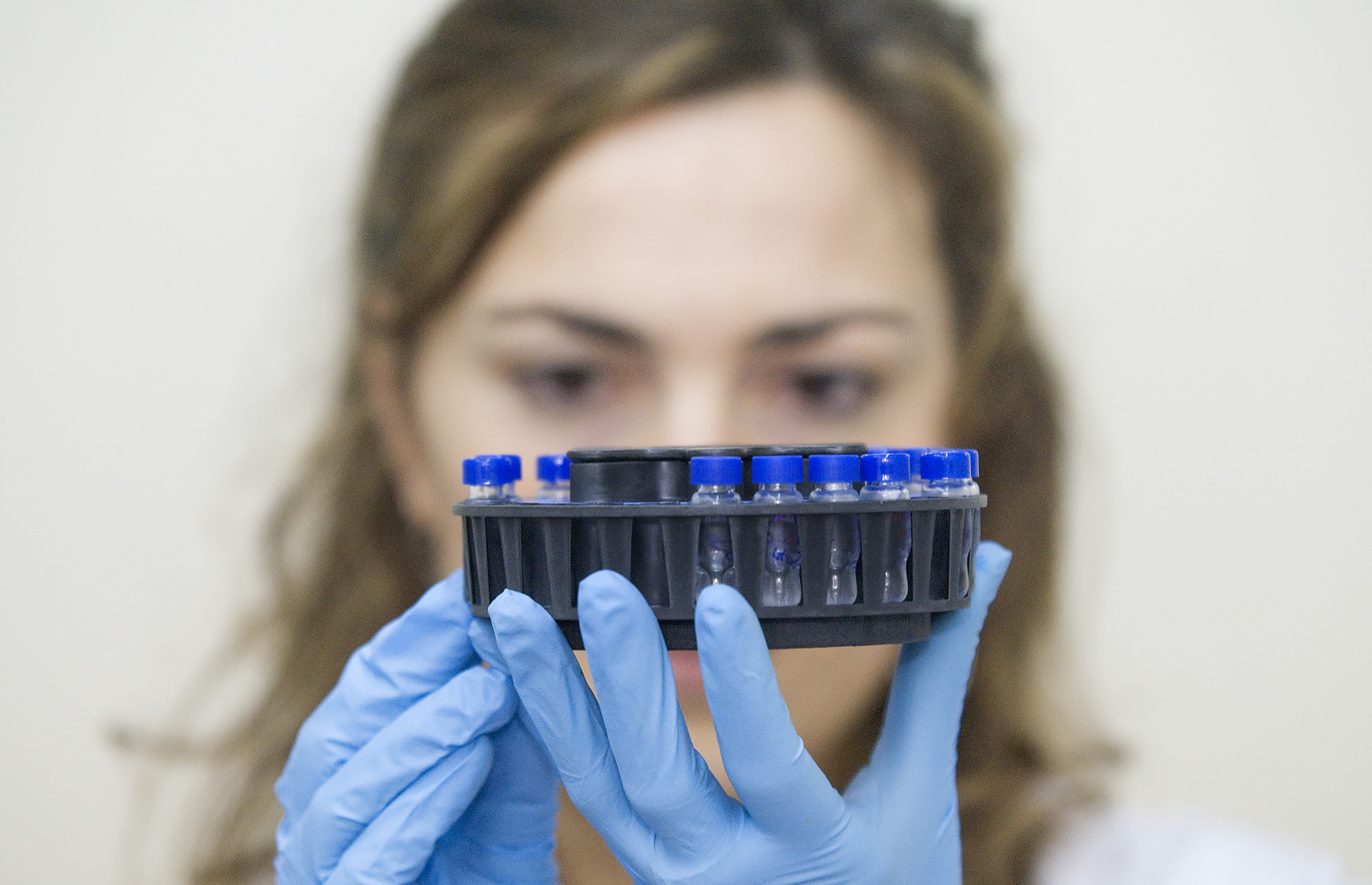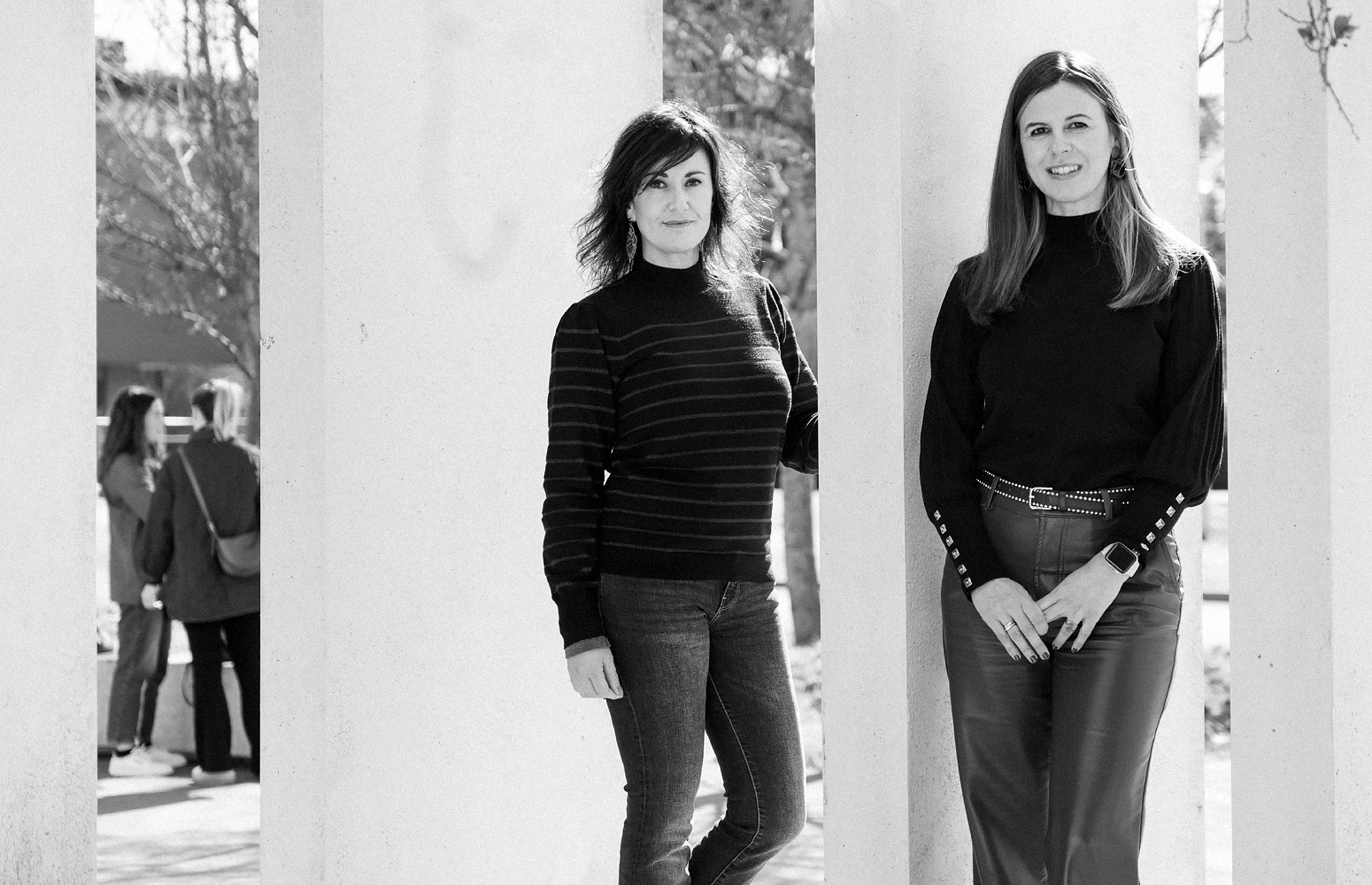-

Doce investigadoras de la UPV/EHU, entre las 500 más destacadas en el ránking del CSIC
-

La Escuela de Ingeniería de Bilbao instala un canal de olas de 25 metros
-

Se descubre el eslabón perdido en la historia de las lenguas indoeuropeas
-

¿Podemos elegir el tipo de padres y madres que queremos ser?
-

Ocho mujeres que cambiaron la farmacología
Los cannabinoides reducen el metabolismo de la glucosa en el cerebro causando déficits de interacción social
Nature ha publicado una investigación en la que participa el grupo del catedrático de la UPV/EHU Pedro Grandes
- Investigación
Fecha de primera publicación: 17/09/2020

El sistema nervioso está formado por neuronas y células gliales (glia significa“pegamento”). De estas últimas, las más abundantes son los astrocitos, que, entre otras muchas funciones, se encargan de captar la glucosa del torrente sanguíneo para proporcionar energía y permitir la actividad neuronal necesaria, y así asegurar que las funciones cognitivas se ejecuten de una manera correcta. A su vez, las neuronas controlan la actividad de los astrocitos por medio de moléculas que estos poseen, entre las cuales están los receptores cannabinoides tipo 1 (CB1). Pero estos receptores, que también modulan la comunicación entre los astrocitos y las neuronas, constituyen la principal diana del componente psicoactivo del cannabis, llamado THC Δ(delta-9-tetrahidrocannabinol).
¿Qué pasa cuando el THC actúa sobre los astrocitos? La investigación en la que ha participado el grupo del doctor Pedro Grandes concluye que la activación de los receptores de cannabinoides CB1 en las mitocondrias (orgánulos celulares encargados de la producción de energía) de astrocitos de ratón impide el metabolismo de la glucosa y la producción de lactato en el cerebro, lo cual altera la función neuronal, causando un deterioro de las conductas de interacción social. En concreto, según el Dr. Grandes, “la activación de estos receptores conduce a que los astrocitos generen una menor cantidad de especies reactivas de oxígeno, lo que afecta negativamente a la producción glucolítica de lactato causando un estrés neuronal y una falta de interacción social. La importancia de esta investigación radica no sólo en la identificación de este déficit que puede revertirse mediante la manipulación genética y farmacológica de estos cambios moleculares y bioquímicos causados por el tratamiento cannabinoide, sino también por lo que aporta al conocimiento de las alteraciones causadas por el cannabis en el cerebro”.
En el estudio han participado Nagore Puente e Itziar Bonilla, Svein Achicallende y Pedro Grandes, del Departamento de Neurociencias de la Facultad de Medicina y Enfermería de la UPV/EHU y del Achucarro Basque Center for Neuroscience, junto con un equipo multidisciplinario internacional liderado por los investigadores Juan P. Bolaños (Universidad de Salamanca) y Giovanni Marsicano (NeuroCentre Magendie de Burdeos, Universidad de Burdeos), además de la Universidad Complutense de Madrid, Poitiers y Paris-Saclay (Francia), Université de Moncton y University of Victoria (Canadá), University of Lausanne (Suiza) y University Medical Center, Mainz (Alemania), entre otros centros y hospitales.
La colaboración del grupo de investigación del Dr. Pedro Grandes con el equipo del Dr. Giovanni Marsicano de la Universidad de Burdeos, resultó fundamental para demostrar por primera vez la presencia de receptores CB1 en las mitocondrias de neuronas, cuya activación reduce la actividad mitocondrial causando pérdida de memoria. Los resultados de estos estudios se publicaron en el año 2012 en Nature Neuroscience y en 2016 en Nature. Sin embargo, “quedaba pendiente conocer cuál era la función de los receptores CB1 localizados en mitocondrias de astrocitos, de ahí la relevancia de este nuevo hallazgo, que además supone una continuidad en la línea de investigación y cooperación transfronteriza”, explica el doctor Grandes.
Referencia bibliográfica
- Glucose metabolism links astroglial mitochondria to cannabinoid effects
- Nature. 2020 Jul; 583(7817): 603-608
- DOI: 10.1038/s41586-020-2470




